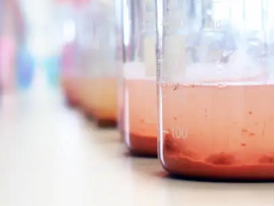As global water shortages intensify (the United Nations predicts that the number of people suffering from water shortages will reach 3 billion by 2030) and water quality standards are upgraded, polyacrylamide (PAM) is becoming a core solution in the international water treatment field. This high-efficiency polymer reshapes the water governance landscape with "four-fold empowerment":

▶ Efficient water purification
As the strongest flocculant, PAM can absorb 99% of suspended particles in water, increase the processing speed by 50%, and help municipal sewage plants cope with the surge in treatment needs.
▶ Accurate pollution control
Through ionization adjustment, it can capture heavy metals/oil/organic pollutants in a targeted manner, helping heavy pollution industries such as printing and dyeing, mining, etc. to meet EU Class IV emission standards.
▶ Low-carbon emission reduction
Reduce sludge production by 30% and reduce dehydration energy consumption, which is deeply in line with the global carbon neutrality goal and has been included in the World Bank's 48-country water treatment assistance project.
▶ Upgraded stress resistance
High temperature resistance and salt-alkali resistance are suitable for arid areas in the Middle East and flood-prone areas in Southeast Asia. It will be successfully applied to the 200,000 tons/day drinking water project in Africa in 2024.
At present, the United States, Japan, Germany and other countries have incorporated PAM into the smart water system, dynamically optimizing the dosage through AI algorithms; China has also promoted the coverage rate of PAM in industrial water-saving transformation in the Yellow River Basin to exceed 75% with the "water-based production" policy.
From laboratories to rivers, lakes and seas, polyacrylamide is writing a new chapter of win-win cooperation between humans and water. China Jinmai explores the future of water treatment,Let every drop of water stand the test of the future.